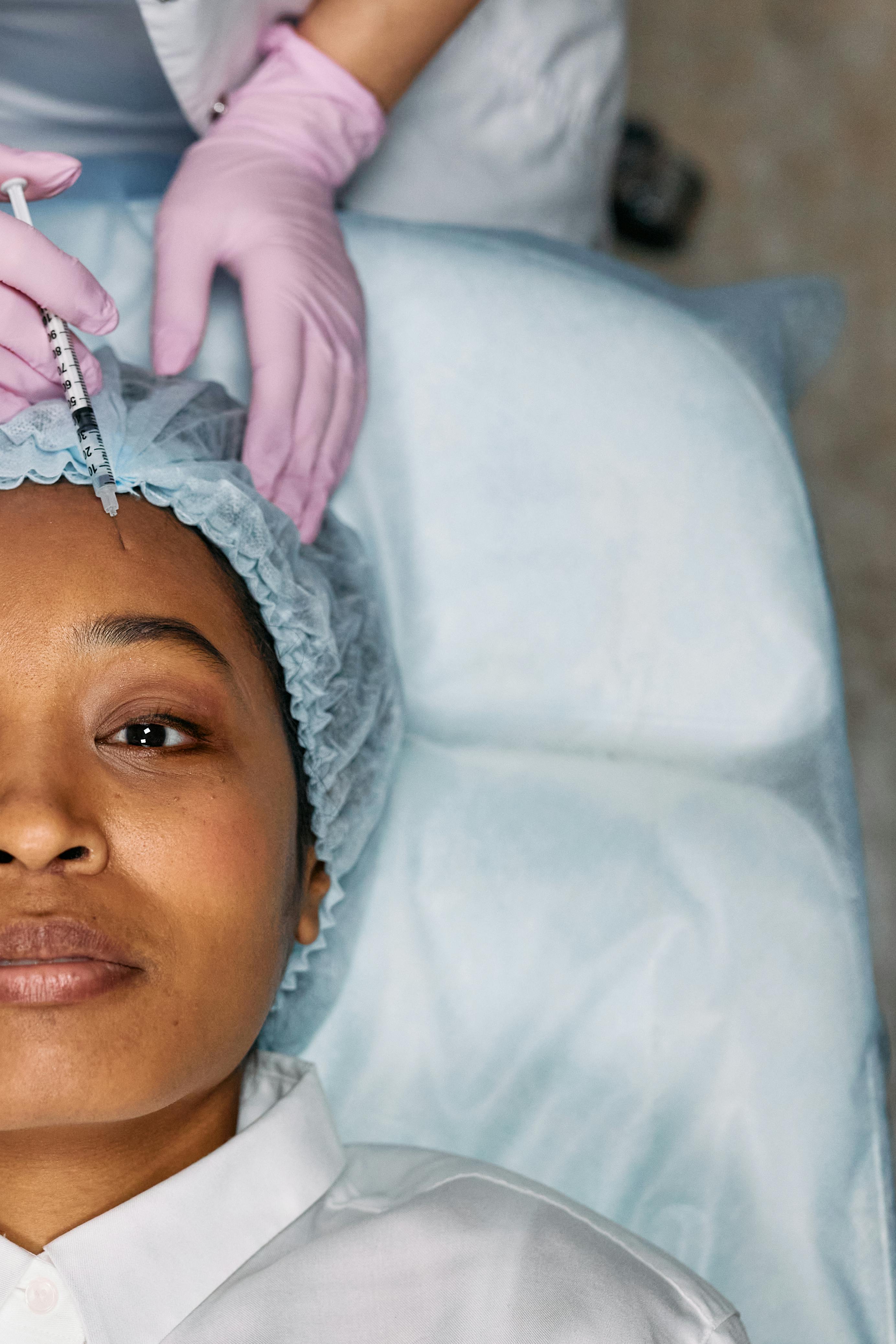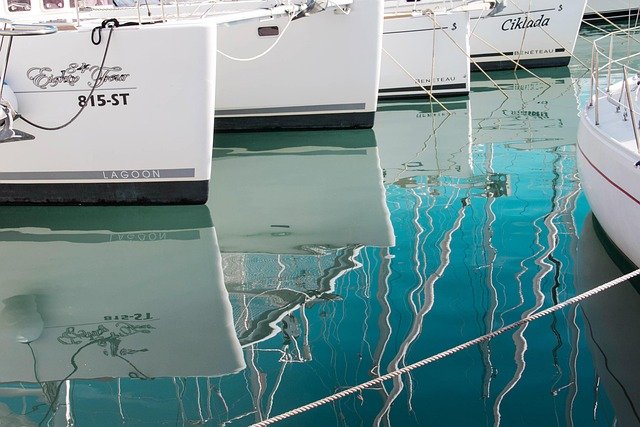The Art and Science of Rhinoplasty: Enhancing Form and Function
Rhinoplasty, commonly known as a "nose job," is a surgical procedure that has evolved significantly over the years. Today, it's not just about changing the appearance of the nose; it's a sophisticated blend of art and science that can transform both form and function. This article delves into the various aspects of modern rhinoplasty, exploring its benefits, techniques, and global trends.

How does rhinoplasty boost confidence and aesthetics?
Rhinoplasty is renowned for its ability to enhance facial harmony and boost self-confidence. For many individuals, the shape or size of their nose can be a source of insecurity. A skillfully performed rhinoplasty can address these concerns, creating a more balanced facial appearance that aligns with a person’s aesthetic goals. Whether it’s reducing a prominent bump, refining the nasal tip, or adjusting the overall size, the changes can be subtle yet impactful. Patients often report increased self-esteem and a newfound comfort in social situations following the procedure.
What functional benefits does rhinoplasty offer beyond aesthetics?
While aesthetic improvements are a primary motivation for many, rhinoplasty also offers significant functional benefits. Structural issues within the nose can lead to breathing difficulties, chronic sinus problems, and sleep disturbances. A functional rhinoplasty can address these issues by correcting a deviated septum, enlarging nasal passages, or adjusting the internal nasal valves. This can result in improved airflow, better sleep quality, and relief from chronic sinus infections. For athletes and individuals with active lifestyles, these functional improvements can be particularly life-changing, enhancing overall performance and quality of life.
How do advanced techniques ensure natural-looking results?
Modern rhinoplasty techniques have come a long way in ensuring natural-looking results that complement the patient’s facial features. Surgeons now employ advanced 3D imaging technology to visualize potential outcomes and plan the procedure with precision. The use of preservation rhinoplasty techniques allows for more subtle modifications that maintain the nose’s structural integrity while achieving the desired changes. Open and closed rhinoplasty approaches are chosen based on the individual’s needs, with surgeons often opting for the least invasive method that will achieve the desired results. These advanced techniques, combined with a deep understanding of facial aesthetics, allow for outcomes that look natural and harmonious with the rest of the face.
Can rhinoplasty recovery times be faster for patient convenience?
Advancements in surgical techniques and post-operative care have indeed led to faster recovery times for rhinoplasty patients. While individual experiences may vary, many patients can return to work or social activities within 1-2 weeks after surgery. The use of ultrasonic tools for bone reshaping, when appropriate, can reduce tissue trauma and swelling. Additionally, improved pain management protocols and tailored post-operative care plans contribute to a more comfortable and efficient recovery process. However, it’s important to note that full healing and final results may still take several months to become apparent.
How does rhinoplasty differ around the world?
Rhinoplasty practices and trends vary significantly across different cultures and regions. In some parts of Asia, procedures often focus on creating a higher nasal bridge or a more defined nasal tip. In contrast, Middle Eastern rhinoplasty frequently involves refining larger or more prominent noses while preserving ethnic characteristics. Western countries often see a mix of reduction rhinoplasty and refinement procedures. The global nature of plastic surgery has led to an exchange of techniques and philosophies, with many surgeons incorporating diverse approaches to best serve their patients’ needs and cultural preferences.
What are the typical costs and options for rhinoplasty?
The cost of rhinoplasty can vary widely depending on factors such as geographic location, surgeon experience, and the complexity of the procedure. Here’s a general overview of rhinoplasty costs and options in different regions:
| Region | Average Cost Range | Common Procedures |
|---|---|---|
| United States | $5,000 - $15,000 | Full rhinoplasty, Tip refinement |
| Europe | €3,000 - €8,000 | Ethnic rhinoplasty, Revision rhinoplasty |
| Asia | $3,000 - $8,000 | Bridge augmentation, Tip projection |
| South America | $2,500 - $6,000 | Non-surgical rhinoplasty, Full rhinoplasty |
Prices, rates, or cost estimates mentioned in this article are based on the latest available information but may change over time. Independent research is advised before making financial decisions.
It’s important to note that these costs typically include surgeon’s fees, anesthesia, and facility fees. However, additional expenses such as pre-operative tests, post-operative care, and any necessary revisions may not be included. Many clinics offer financing options to make the procedure more accessible. When considering rhinoplasty, it’s crucial to prioritize the surgeon’s qualifications and experience over cost alone to ensure the best possible outcomes.
In conclusion, rhinoplasty has evolved into a sophisticated procedure that can dramatically improve both the appearance and function of the nose. With advanced techniques ensuring natural results, faster recovery times, and a global perspective on nasal aesthetics, rhinoplasty continues to be a popular and effective option for those seeking to enhance their facial harmony and overall well-being.
This article is for informational purposes only and should not be considered medical advice. Please consult a qualified healthcare professional for personalized guidance and treatment.




